Expansion of Construction Activities
The expansion of construction activities across various sectors, including residential, commercial, and infrastructure development, is a key driver of the construction helmet market. In 2025, the US construction industry is projected to grow by 5%, leading to an increased demand for safety equipment, including helmets. This growth is fueled by government investments in infrastructure projects and a booming real estate market. As construction sites proliferate, the need for protective gear becomes more pronounced, thereby propelling the construction helmet market. Additionally, the trend towards urbanization and the development of smart cities are likely to further stimulate market growth.
Growing Awareness of Workplace Safety
The growing awareness of workplace safety among employers and employees is a significant driver of the construction helmet market. As safety culture becomes ingrained in the construction industry, companies are increasingly prioritizing the well-being of their workforce. This shift is reflected in the rising investments in safety equipment, with the construction helmet market expected to grow by approximately 20% in 2025. Training programs and safety workshops are also contributing to this awareness, leading to higher compliance rates with safety regulations. Consequently, the demand for high-quality helmets that offer enhanced protection is likely to increase, further driving the construction helmet market.
Regulatory Compliance and Safety Standards
The construction helmet market is significantly influenced by stringent regulatory compliance and safety standards mandated by organizations such as OSHA in the US. These regulations require construction companies to provide appropriate head protection to their workers, thereby driving demand for high-quality helmets. In 2025, it is estimated that compliance with these regulations will account for approximately 30% of the market's growth. As safety standards evolve, manufacturers are compelled to innovate and enhance their products, ensuring they meet or exceed these requirements. This focus on compliance not only protects workers but also reduces liability for employers, making it a critical driver in the construction helmet market.
Technological Advancements in Helmet Design
Technological advancements play a pivotal role in shaping the construction helmet market. Innovations such as lightweight materials, improved impact resistance, and integrated communication systems are becoming increasingly prevalent. In 2025, the market is projected to witness a growth rate of around 15% due to these advancements. Manufacturers are investing in research and development to create helmets that not only provide superior protection but also enhance user experience. The incorporation of smart technologies, such as sensors that monitor environmental conditions, is likely to further propel the market. As construction sites become more complex, the demand for technologically advanced helmets is expected to rise.
Increased Focus on Worker Health and Well-being
An increased focus on worker health and well-being is emerging as a crucial driver in the construction helmet market. Employers are recognizing the importance of providing not only safety gear but also equipment that promotes overall health. This trend is leading to the development of helmets that offer features such as ventilation, moisture-wicking materials, and adjustable fit systems. In 2025, it is anticipated that this focus will contribute to a market growth rate of approximately 10%. As companies strive to create a healthier work environment, the demand for ergonomically designed helmets is likely to rise, thereby influencing the construction helmet market.


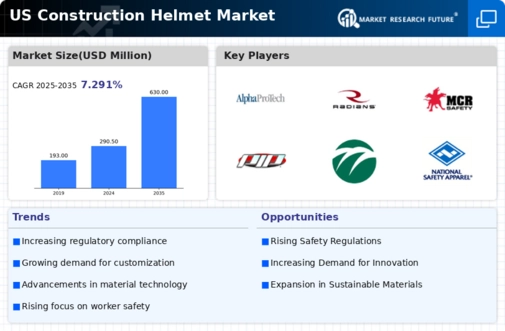
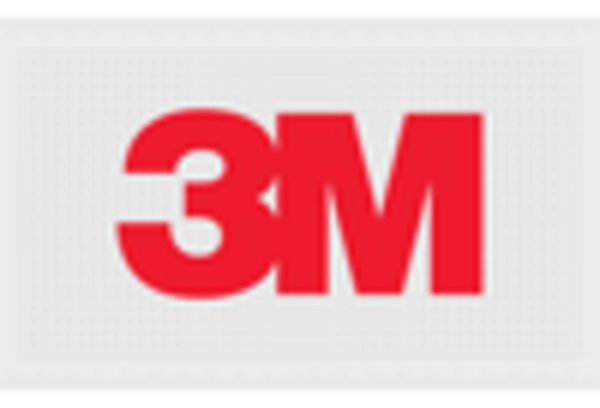
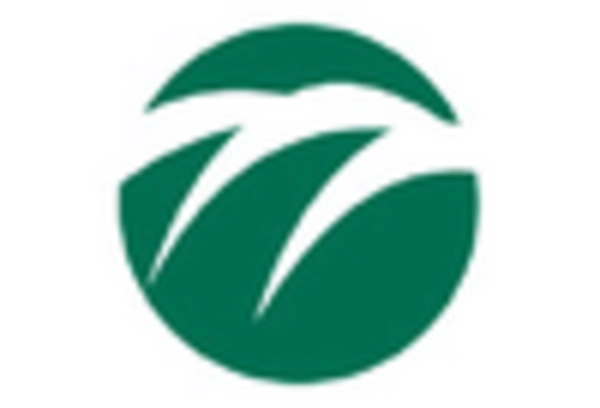
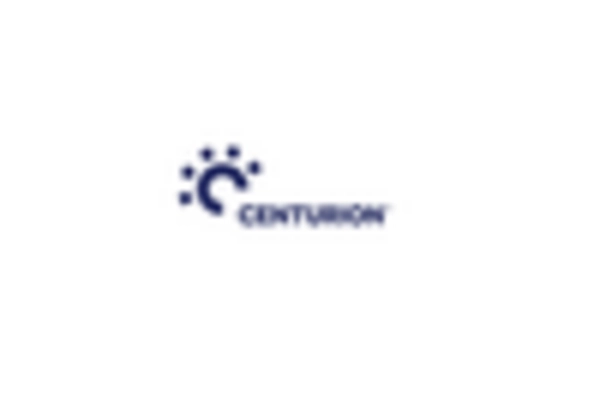

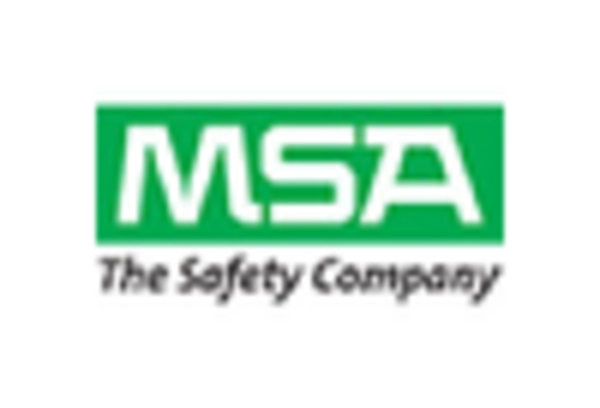
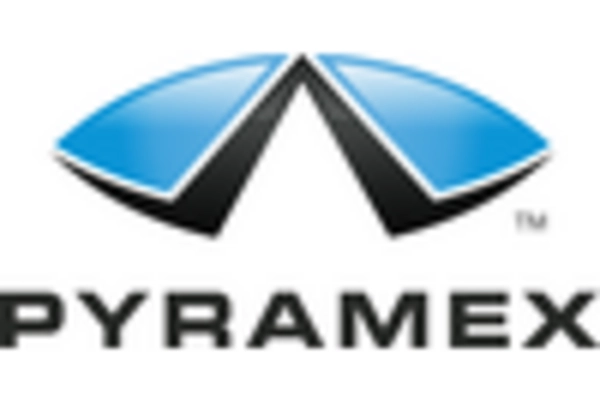








Leave a Comment